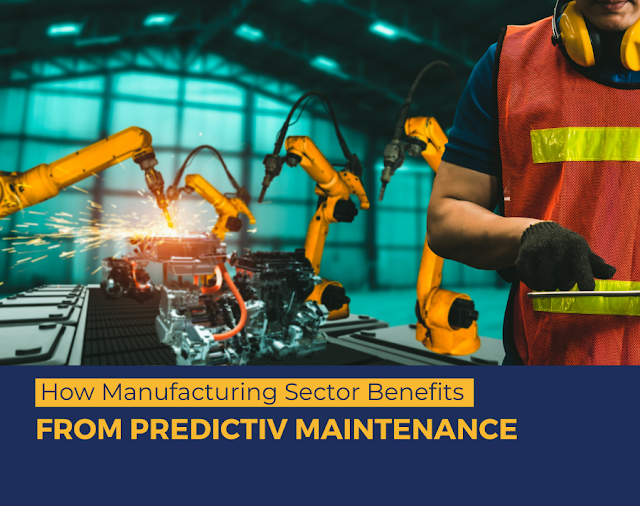How Manufacturing Sector Benefits from Predictive Maintenance
Machine downtime not only reduces productivity in your manufacturing plant but also affects the ROI. Any unplanned downtime can bring setbacks like increased repair cost, delay in production, and reduced value in the manufacturing industry. It also impacts OEE (Overall Equipment Effectiveness) negatively. Thankfully, predictive maintenance & digital transformation solutions lend a helping hand.
The manufacturing industry can improve OEE, reduce maintenance costs, and decrease delays in production with the help of the predictive maintenance concept. This concept plays a vital role in digital process management. Let’s understand how predictive maintenance increases a machine’s ROI over the period. But before that, we will go through the way this concept works in the manufacturing sector.
Predictive Maintenance – Introduction and the Way It Works in Manufacturing Sector
Predictive Maintenance is a technique useful for detecting anomalies in various operations and possible defects in equipment so that you can fix them before they damage the equipment. This technology uses data analytics tools and techniques to predict possible issues. Simply put, predictive maintenance enables companies to prevent unplanned reactive maintenance.
Talking about the manufacturing companies, the predictive maintenance concept provides condition-monitoring tools to track the performance of any equipment during idle, normal, and peak conditions. The data fetched from equipment operating at different performances can help manufacturers plan for maintenance in advance to prevent any downtime or failure. In digital transformation solutions, predictive maintenance can fetch real-time data with the help of connected devices and sensors attached to the machine.
Original Source: How Manufacturing Sector Benefits from Predictive Maintenance




Comments
Post a Comment